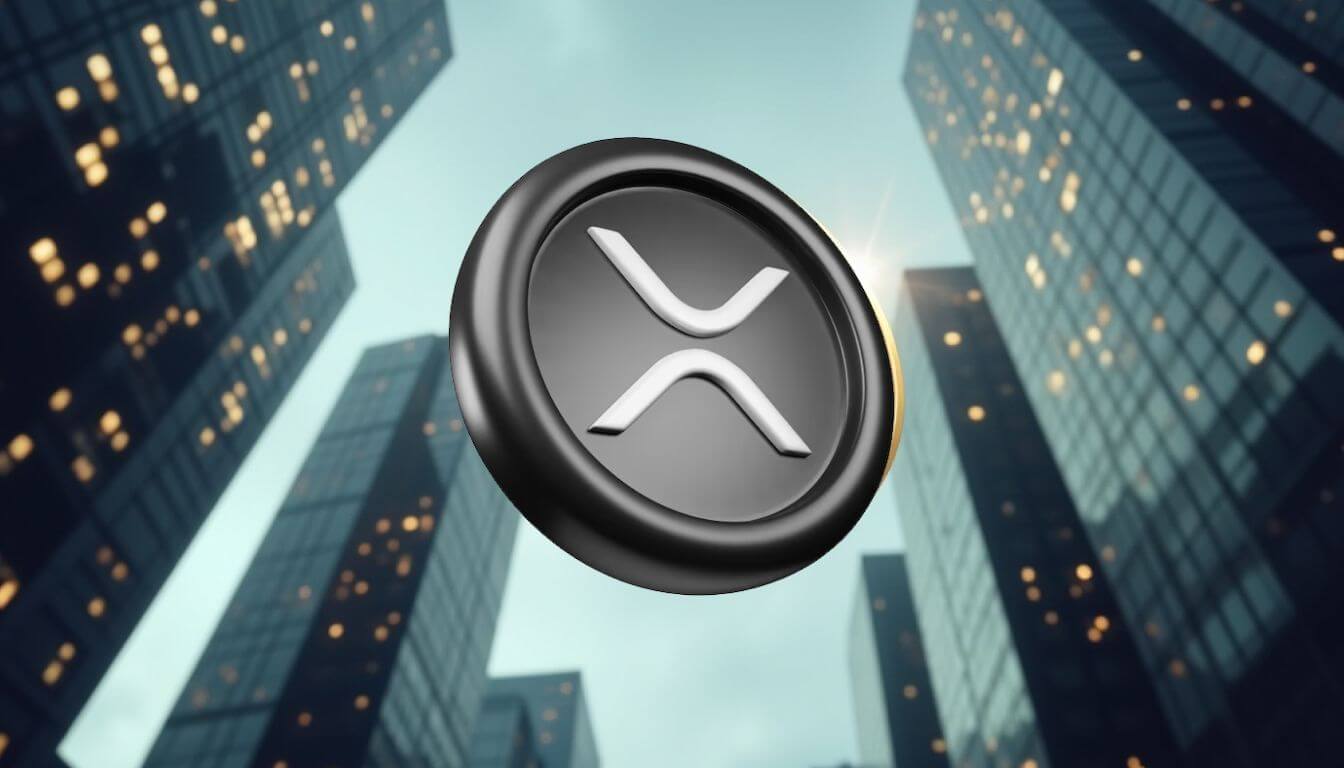
- Russia’s SWIFT exclusion in 2022 spurred different system planning.
- BRICS members search autonomy in worldwide settlements.
- XRP’s pace and cost-efficiency seen as superb for institutional use.
A brand new concept circulating amongst cryptocurrency and geopolitical analysts means that BRICS nations—Brazil, Russia, India, China, and South Africa—could also be working behind the scenes to develop a gold-backed monetary system utilizing Ripple’s XRP Ledger.
This comes because the bloc continues efforts to cut back dependency on the US-led SWIFT community and the dollar-dominated world financial system.
Whereas unconfirmed by any authorities, the idea is gaining consideration as a consequence of mounting proof of BRICS cooperation on forex independence and blockchain innovation.
How the US maintains dominance in world finance
The worldwide monetary system is essentially underpinned by three core levers of Western affect: the dominance of the US greenback, the SWIFT interbank messaging system, and the liquidity framework ruled by Western central banks.
SWIFT permits worldwide banking communication and has turn into a instrument for imposing sanctions. In 2022, Russia was ejected from SWIFT as a part of coordinated Western sanctions, prompting the Kremlin to speed up efforts to create different channels for cross-border funds.
By slicing off entry to greenback reserves and freezing foreign-held belongings, the US has demonstrated the strategic energy of monetary infrastructure.
International locations seen as politically adversarial or non-aligned are more and more cautious of this technique, viewing it as a vulnerability moderately than a impartial platform for commerce.
Why BRICS desires out of the greenback system
Every member of BRICS has its personal incentive to cut back publicity to the greenback. Russia’s exclusion from SWIFT and asset seizures have pressured it to pursue monetary independence. China is in search of to insulate its rising financial system from Western monetary stress.
India and Brazil wish to enhance autonomy in worldwide settlements, whereas South Africa has expressed curiosity in strengthening regional currencies.
This shared goal has sparked renewed calls inside the bloc for a brand new system of worth change—one that doesn’t depend on Western mechanisms.
BRICS nations have already mentioned launching a shared forex backed by commodities, and gold is considered as essentially the most viable asset for such backing as a consequence of its stability and world acceptance.
XRP Ledger as a bridge for gold-backed commerce
In line with the idea, Ripple’s XRP Ledger may function the digital bridge between native currencies and a gold-backed reserve system. XRP was designed for high-volume institutional transfers, with a transaction time of 3-5 seconds and low charges.
Not like Bitcoin or Ethereum, XRP affords scalability and predictable prices—key for governments and central banks processing giant transactions.
On this mannequin, BRICS wouldn’t problem a brand new public token however as an alternative use XRP’s current infrastructure to settle trades. Gold may very well be held in nationwide vaults or regional repositories, and XRP can be the mechanism by which worth is transferred rapidly and securely.
This could permit BRICS nations to bypass SWIFT and the greenback, whereas sustaining compliance and auditability by the XRP Ledger.
Strategic alerts and unconfirmed strikes
Though no official affirmation exists that BRICS is actively testing or adopting XRP, a number of developments have drawn hypothesis. Russia has already proposed a gold-pegged stablecoin for cross-border commerce with pleasant nations.
China continues to develop its digital yuan pilot. Ripple has additionally been increasing its presence in Asia, the Center East, and Latin America—areas aligned with BRICS pursuits.
The idea stays speculative, however it’s rooted in a broader pattern of de-dollarisation and rising curiosity in blockchain-based infrastructure for sovereign monetary programs.
Analysts argue that if BRICS succeeds in deploying a decentralised, asset-backed settlement mannequin, it may reshape the way forward for worldwide finance and problem the prevailing energy buildings dominated by the West.

